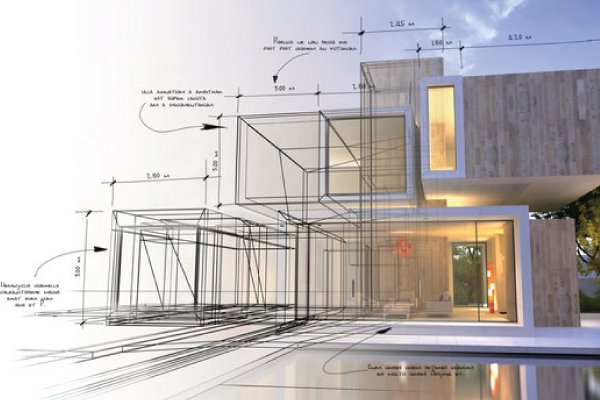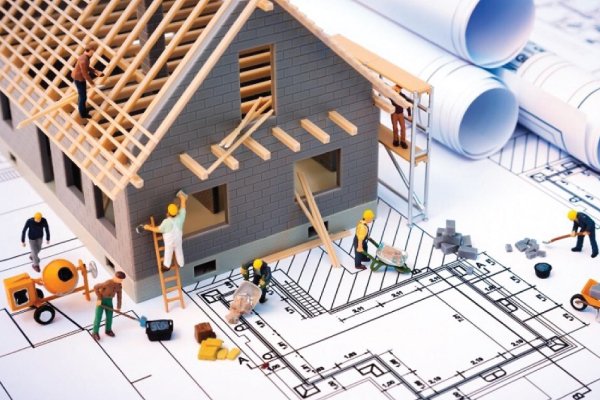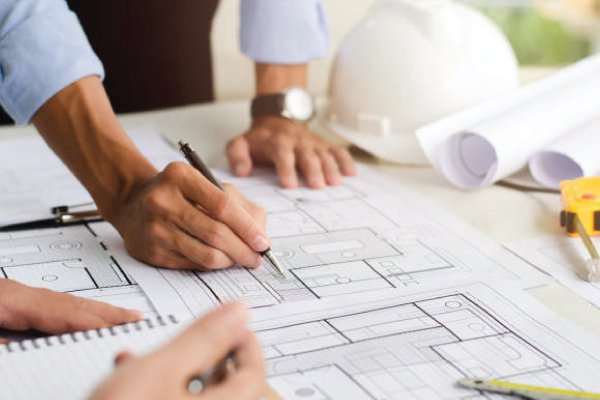Great architectural design isn’t just about looks—it’s about functionality, durability, and fitting into its environment. Whether you’re designing a residential home or a skyscraper, here’s how to ensure your designs work in the real world.
Balance Aesthetics with Functionality
Designs must serve the people who use them. Think beyond visual appeal. A well-designed space balances beauty with efficiency, ensuring that every square foot is purposeful. Consider how people move through a space, the accessibility of rooms, how natural light enters throughout the day, and how furniture will fit. Good design should make life easier, not more complicated.
Incorporate Flexible Spaces
Modern lifestyles evolve, and architecture must keep pace. Creating rooms or areas that can be repurposed over time—like a guest room that transforms into a home office or a children’s playroom that becomes a study—adds immense value. Flexibility in design supports changing family needs, business expansions, and unexpected life events without requiring major renovations.
Adapt to the Environment
Great design respects its surroundings. Take into account the climate, natural topography, and locally available materials. For example, in warmer climates, passive cooling methods like cross ventilation and shaded areas are essential. In colder areas, insulation and window orientation become critical. Sustainable design principles should be integrated from the beginning to reduce energy consumption and environmental impact.
Prioritize Health and Well-being
The built environment affects mental and physical health. Incorporate elements like good indoor air quality, noise reduction features, proper ventilation, and abundant natural light. Choosing non-toxic materials and finishes contributes to a healthier indoor atmosphere. Thoughtful layouts that allow for relaxation, work, and recreation support holistic wellness.
Follow Building Codes and Practical Standards
A design must comply with national and local building regulations, or it simply won’t be feasible. These include fire safety standards, structural requirements, and accessibility norms. A beautiful building that fails inspection or cannot obtain permits wastes time and money. Staying updated with current codes helps ensure safety, legality, and successful project completion.
Design for Longevity
A great building should stand the test of time—not just structurally, but in style and usability. Select durable materials that age well and require minimal upkeep. Plan for long-term maintenance needs. A timeless aesthetic avoids the pitfalls of trends and reduces the likelihood of expensive overhauls in the future.
Incorporate Technology Thoughtfully
Smart features such as automated lighting, temperature controls, and security systems are in demand, but they must be integrated with the end-user in mind. Overcomplicating a space with tech that becomes outdated or is hard to maintain can be counterproductive. Select scalable, user-friendly technologies that enhance comfort and efficiency.
Work Closely with Engineers and Contractors
Designs don’t come to life without the hands that build them. Effective collaboration between architects, engineers, and contractors helps ensure that the vision is realistic, cost-effective, and structurally sound. Frequent check-ins and a willingness to adapt plans based on feedback during construction can prevent expensive changes late
Conclusion
Real-world design bridges creativity and practicality. When architects consider functionality, compliance, and collaboration, they create spaces that don’t just impress—they endure. Good architecture isn’t just something to look at—it’s something to live in, work in, and grow with.




